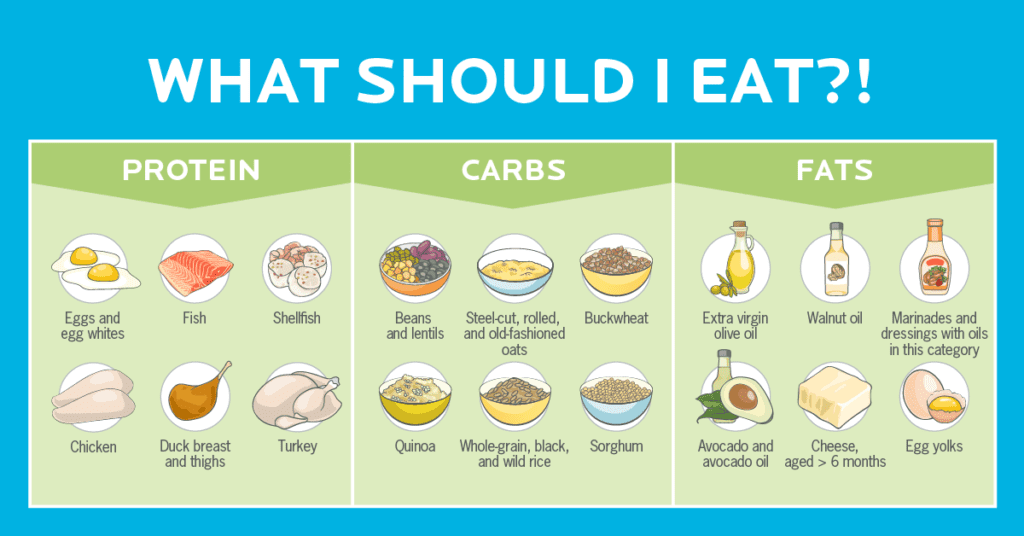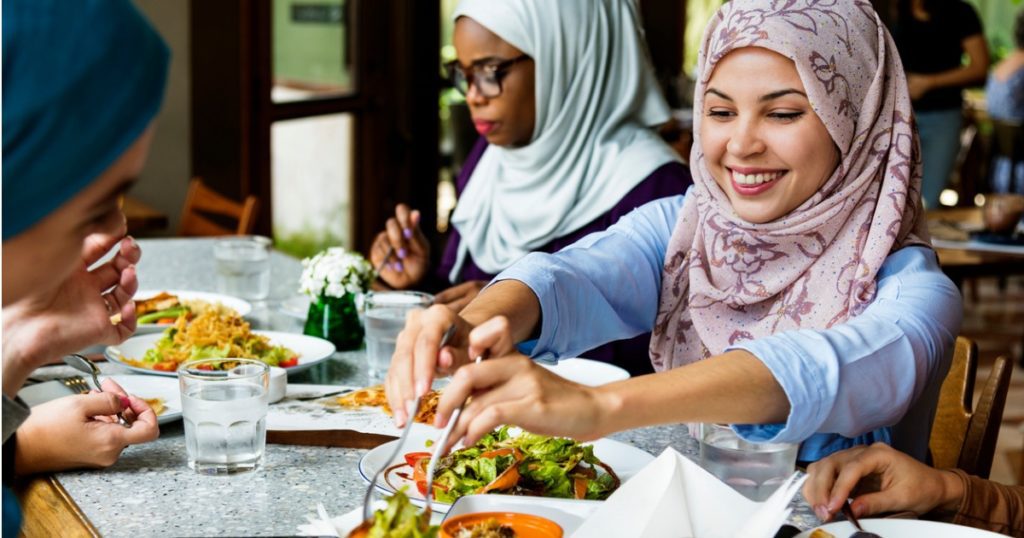Plenty of people hate kale.
It doesn’t matter that it’s a so-called “superfood.” (And yes, it is pretty super.)
After all, you can’t help what you like… or don’t like.
But should you (or your clients) force down a “superfood” even if you detest it?
Not necessarily.
While it’s popular to put some foods on a pedestal above others, there’s more to healthy eating than just the nutrition facts.
Context matters. Preferences matter. Goals matter.
It’s never as simple as “good” vs. “bad” or “healthy” vs. “unhealthy.”
To show you why, we’ve taken a closer look at five celebrated “superfoods” and their less publicized—and sometimes demonized—counterparts:
- Nutrient-packed kale vs. basically-just-water iceberg lettuce
- Power grain quinoa vs. plain old white rice
- Cancer-fighting blueberries vs. starchy bananas
- Trendy coconut oil vs. kitchen-staple olive oil
- Fat-fighting egg whites vs. cholesterol-boosting whole eggs… or perfectly-balanced whole eggs vs. woefully-incomplete egg whites (depending on your point of view)
You may be surprised at what we found.
Our goal: To empower people to choose what they eat depending on what’s most important to them, not an arbitrary list of food “rules.”
This infographic will help you do just that.

Download this infographic for your tablet or printer to help you (or your clients) stop seeing foods as “good” vs. “bad.”
If you’re a coach, or you want to be…
You can help people build sustainable nutrition and lifestyle habits that will significantly improve their physical and mental health—while you make a great living doing what you love. We'll show you how.
If you’d like to learn more, consider the PN Level 1 Nutrition Coaching Certification. (You can enroll now at a big discount.)




Share